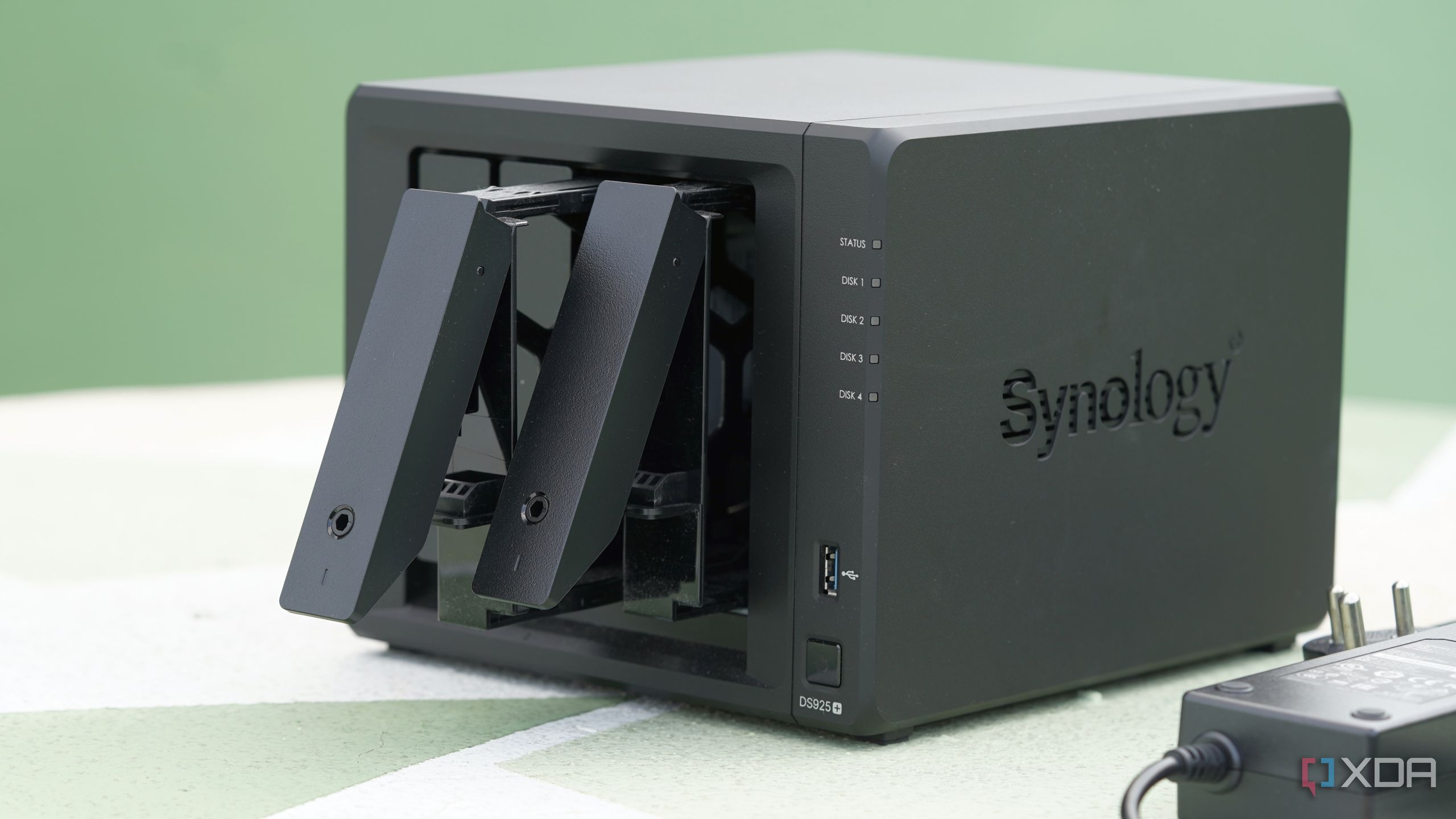Synology has carved a distinct niche in the network-attached storage (NAS) market, drawing noticeable parallels to Apple in its approach to technology and user experience. While it offers a robust software ecosystem that appeals to users, some features and restrictions mirror those found in Apple’s offerings, leaving both benefits and drawbacks for consumers to consider.
Strengths of Synology’s Ecosystem
One of Synology’s standout features is its extensive ecosystem, boasting a collection of first-party applications. These tools include Synology Drive, which serves as an alternative to Google Drive, and Synology Photos for managing images. Users can also utilize Surveillance Station to oversee security camera networks. This interconnectedness allows users to access their NAS from anywhere via QuickConnect, enhancing convenience.
The mobile applications from Synology are not only aesthetically pleasing but also reliable. Users often find that integrating third-party tools disrupts the seamless experience, making the use of Synology’s own applications preferable.
Design and User Experience
The operating system, DiskStation Manager (DSM), significantly enhances the performance of Synology hardware. Users familiar with macOS may recognize functional similarities, as DSM is designed to be straightforward and user-friendly. Unlike competitors that can overwhelm users with excessive options, DSM maintains a clean interface, ensuring that essential features remain easily accessible.
Synology’s range of NAS models caters to both consumers and enterprises. From the user-friendly BeeStation to the more advanced DS1825+, each model is built for longevity and efficiency. Once set up, these devices require minimal maintenance, akin to the experience of using a MacBook.
Long-Term Support and Updates
Another advantage of Synology’s approach is its commitment to long-term support. The introduction of DSM-7 in March 2023 breathed new life into older models, illustrating the company’s dedication to keeping devices updated. Frequent updates and security patches ensure that even budget-friendly models remain relevant and secure over time, similar to how Apple supports older devices with its iOS and macOS updates.
Despite these strengths, Synology faces challenges, particularly concerning pricing. Its products are often positioned at a premium compared to competitors that may offer superior hardware specifications for lower prices. Nonetheless, many consumers justify this cost due to the overall experience, polish, and reliability that Synology provides.
Limitations and User Restrictions
While Synology’s ecosystem presents numerous benefits, it also imposes restrictions that can frustrate users. Recent changes to drive compatibility illustrate how these limitations can hinder the NAS experience. Traditionally, NAS devices are known for their openness, allowing for hardware and software customization. In contrast, Synology enforces certain restrictions that can deter users seeking flexibility.
The company has also removed open-source applications from its app store, compelling users to seek alternatives. Although some models allow for LAN port upgrades, these upgrades are limited to proprietary modules. Such limitations have led some users to consider alternatives from brands that offer more freedom.
The Challenge of Migration
Once users immerse themselves in Synology’s ecosystem, transitioning to another brand can prove challenging. The workflow established through Synology applications creates a strong attachment, making the idea of switching daunting. While the cohesive experience offered by Synology is appealing, it can also feel restrictive.
For those contemplating the switch, the operational efficiencies that Synology provides—such as streamlined backups and maintenance—are often missed once they are gone. Users must weigh the conveniences offered by Synology against the restrictions imposed, ultimately deciding if the benefits warrant continued investment in the brand.
In conclusion, while Synology successfully creates an engaging and user-friendly ecosystem that rivals many aspects of Apple’s offerings, it also presents challenges that users must navigate. Balancing innovation with restrictions remains a critical consideration for potential buyers in the NAS market.
